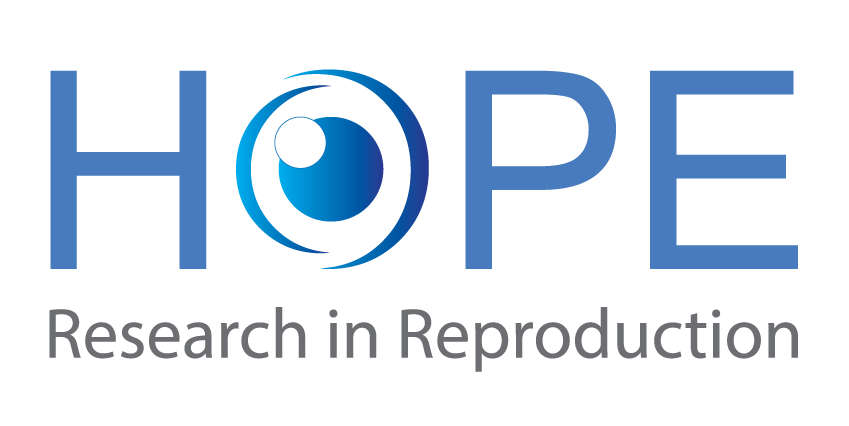Lan N. Vuong 1,2, M.D., Toan D. Pham 2, M.D., Tuong M. Ho 2, M.D., Michel De Vos 3, M.D.
Published: 5 February, 2023
Author information
1 University of Medicine and Pharmacy at Ho Chi Minh City, Ho Chi Minh City, Vietnam
2 IVF My Duc, My Duc Hospital and HOPE Research Center, Ho Chi Minh City, Vietnam
3 Universitair Ziekenhuis Brussel, Laarbeeklaan 101, 1090 Brussels, Belgium.
Abstract
Oocyte in vitro maturation (IVM) has been proposed as an alternative to conventional ovarian stimulation (COS) in subfertile women with polycystic ovary syndrome. To evaluate the effectiveness and safety of IVM compared with COS in women with predicted hyperresponse to gonadotropins, we searched the published literature for relevant studies comparing any IVM protocol with any COS protocol followed by in vitro fertilization or intracytoplasmic sperm injection. A systematic review was undertaken on 3 eligible prospective studies. Live birth rate was not significantly lower after IVM vs. COS (odds ratio [95% confidence interval] of 0.56 [0.32–1.01] overall, 0.83 [0.63–1.10] for human chorionic gonadotropin (hCG)-triggered IVM [hCG-IVM] and 0.45 [0.18–1.13] for non–hCG-triggered IVM [non–hCG-IVM]), irrespective of the stage of transferred embryos. Data from nonrandomized studies generally showed either significantly low or statistically comparable rates of live birth with IVM vs. COS. Most studies have not identified any significant difference between IVM and COS with respect to the rates of obstetric or perinatal complications, apart from a potentially higher rate of hypertensive disorders during pregnancy. The development of offspring from IVM and COS with in vitro fertilization or intracytoplasmic sperm injection appears to be similar. Additional research is needed to identify which patient populations will benefit most from IVM, to define the appropriate clinical protocol, and to develop the optimal culture system.
Key Words
in vitro maturation, infertility, systematic review, live birth
